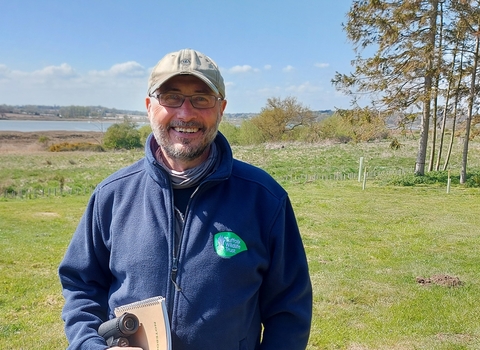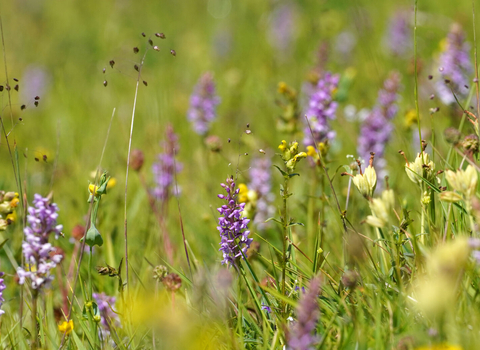County Wildlife Sites (CWS) are designated areas protected by Natural England for this high biodiversity. These special sites play a key role in connecting Suffolk's living landscape; withover 950 County Wildlife Sites covering approximately 11,000 hactares - almost 3% of the county.
CWS designation is non-statutory but is a recognition of a site's high value for wildlife, with many sites being of county and often regional - or even national - importance. They often support characteristic or threatened species and habitats that are local and national priorities for conservation.
Suffolk Wildlife Trust is committed to encouraging the appropriate management and protection of County Wildlife Sites for wildlife. Our Conservation team provide advice and services for landowners, businesses and local authorities on conservation management, including possible sources of funding.
If you own or manage a County Wildlife Site and would like us to arrange an advisory visit from us, or to join our CWS Network, get in touch with our Conservation Adviser:
Get in touch

Graham Hart, Suffolk Wildlife Trust Conservation Adviser
Meet Graham, Conservation Adviser
Our Conservation Adviser - Graham Hart - provides support and advice for County Wildlife Sites and Private Nature Reserves. Graham has 20 years of conservation experience from a variety of voluntary roles with many different organisations.
He specialises in bats, dormice and amphibians, and holds a number of Natural England licences to work with these protected species. Graham has always had a passion for working with landowners to improve their land for wildlife.
More about County Wildlife Sites
Sites may be privately or publicly owned and vary in size and shape from small meadows, green lanes, dykes and hedges to much larger areas of ancient woodlands, heathland, greens, commons and marsh.
County Wildlife Sites are designated according to selection criteria. The Suffolk CWS panel, made up of representatives from Suffolk County Council, Suffolk Biodiversity Information Service (SBIS), Suffolk Wildlife Trust and Natural England, meets to assess and designate CWS using the Suffolk CWS criteria. SBIS maintain a register that includes CWS locations, boundaries and key features. A county scale map summarises CWS in Suffolk. It is important to be aware that the majority of CWS are privately owned and do not have public access. For details of how the CWS system works visit the Suffolk Biodiversity Information Service website.
In addition to our CWS advisory work, we also monitor planning applications for potential works that put the wildlife on County Wildlife Sites at risk. CWS are recognised by national planning policy (National Planning Policy Statement (NPPF)) as having a fundamental role to play in meeting overall national biodiversity targets. CWS are not protected by legislation but their importance is recognised by local authorities when considering planning applications. Under current planning policy there is a presumption against granting permission for development that would have an adverse impact on a CWS. This is strengthened by the provisions of the Natural Environment and Rural Communities Act 2006 that require all public bodies to have regard for the conservation of biodiversity.

